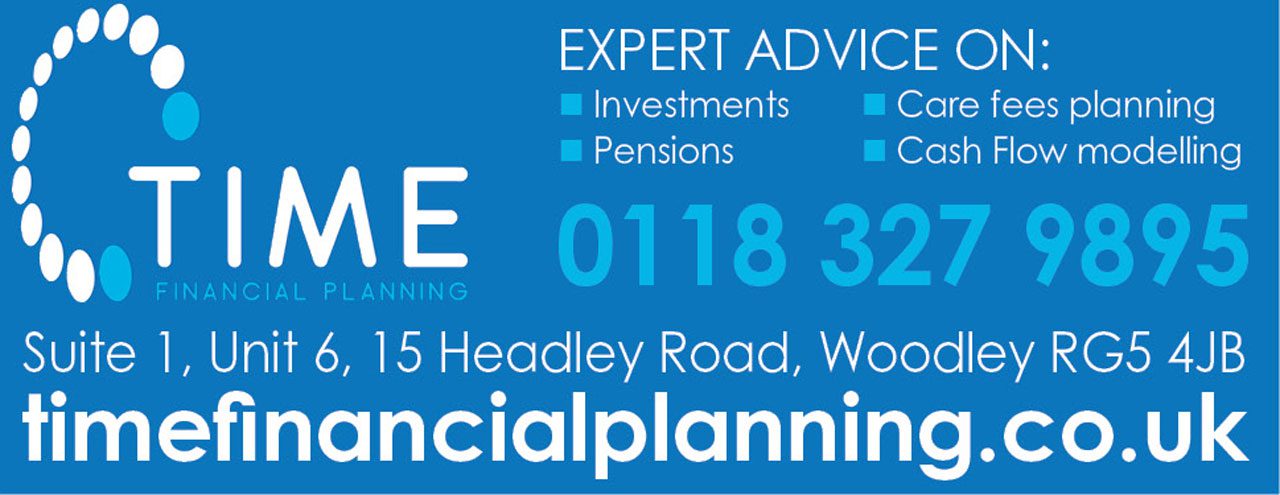
Most people I meet are keen to reduce the amount they pay in Inheritance Tax (IHT) when the time comes but are often in the dark about how they go about this or what the exemptions are.
We’ve covered some of the ways you can mitigate against IHT in last week’s column, but one area of IHT planning that seems alien to many people is the Residence Nil-Rate Band (RNRB) and I’d like to look at this in more detail.
Often referred to as the family home allowance, the RNRB was introduced on April 6, 2017, and follows a Tory party manifesto pledge of almost 15 years ago to raise the IHT threshold to £1 million.
In a way this has been done because the rules mean that a married couple can now potentially leave £1 million tax free. However, the way in which the relief is being delivered means that potentially lots of people will not qualify for the full £1 million.
The way the RNRB is made up is that you both have your £325,000 nil-rate band but from April 2020/21 you’ll each have an additional £175,000 relating to your property (£150,000 each for 2018/2019).
So, when we add this all up you get to your £1 million, but in order to qualify for this there are a number of caveats.
One is that you’ve got to own your own property and it needs to be worth more than £350,000. This can only be your main residence and can’t include a buy-to-let property.
Additionally, you have to leave that property to a direct descendant, so it’s got to be a son, daughter, grandchild etc. People who don’t have children won’t qualify at all.
Equally, if you’re estate is worth more than £2 million you then hit the taper threshold meaning that for every £2 over this you lose £1 of relief.
What all this means is that lots and lots of people won’t ever benefit from the relief.
There are other pitfalls as well. Going back to our married couple, typically they will have a mirror will in place, i.e. if the husband dies first he leaves everything to his wife and vice versa.
In this situation we assess inheritance tax on her death, but potentially one of the problems here is that they might have between them, let’s say an estate of £2.5million.
Now, if they don’t leave everything to each other and structure their wills appropriately, when one of them dies the other can get their main residence nil-rate band allowance and the £325,000 nil-rate band.
But if they don’t and they just have mirror wills the remaining spouse will be left with £2.5million meaning they don’t qualify for the main residence nil-rate band.
What this shows is that while you either qualify or you don’t, there are ways you can make sure that you don’t cease qualify later on.
It’s vitally important to be talking about this and thinking about it now and not waiting until one of you has died then wondering what to do because by then it’ll be too late.
Time Financial Planning Limited is an appointed representative of The On-Line Partnership Limited which is authorised and regulated by the Financial Conduct Authority.
Estate Planning and Taxation advice are not regulated by the Financial Conduct Authority.
This is sponsored content




















































